Storm, droughts and cold snaps can drive animals to behave in bizarre ways
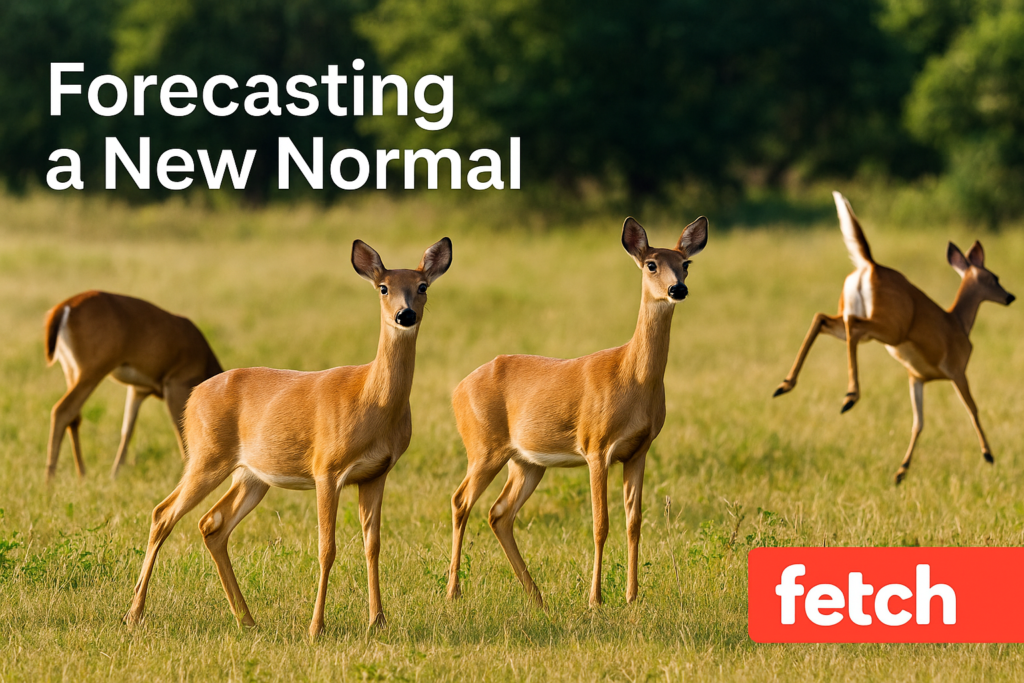
Animals have an uncanny ability to sense and respond to changes in their environment, especially when it comes to extreme weather events. These natural instincts, honed over millennia, often lead to remarkable behavioral shifts aimed at survival. Let’s explore ten instances where wild weather has dramatically altered animal behavior.
1. Cheetahs Shift to Night Hunts Amid Rising Temperatures
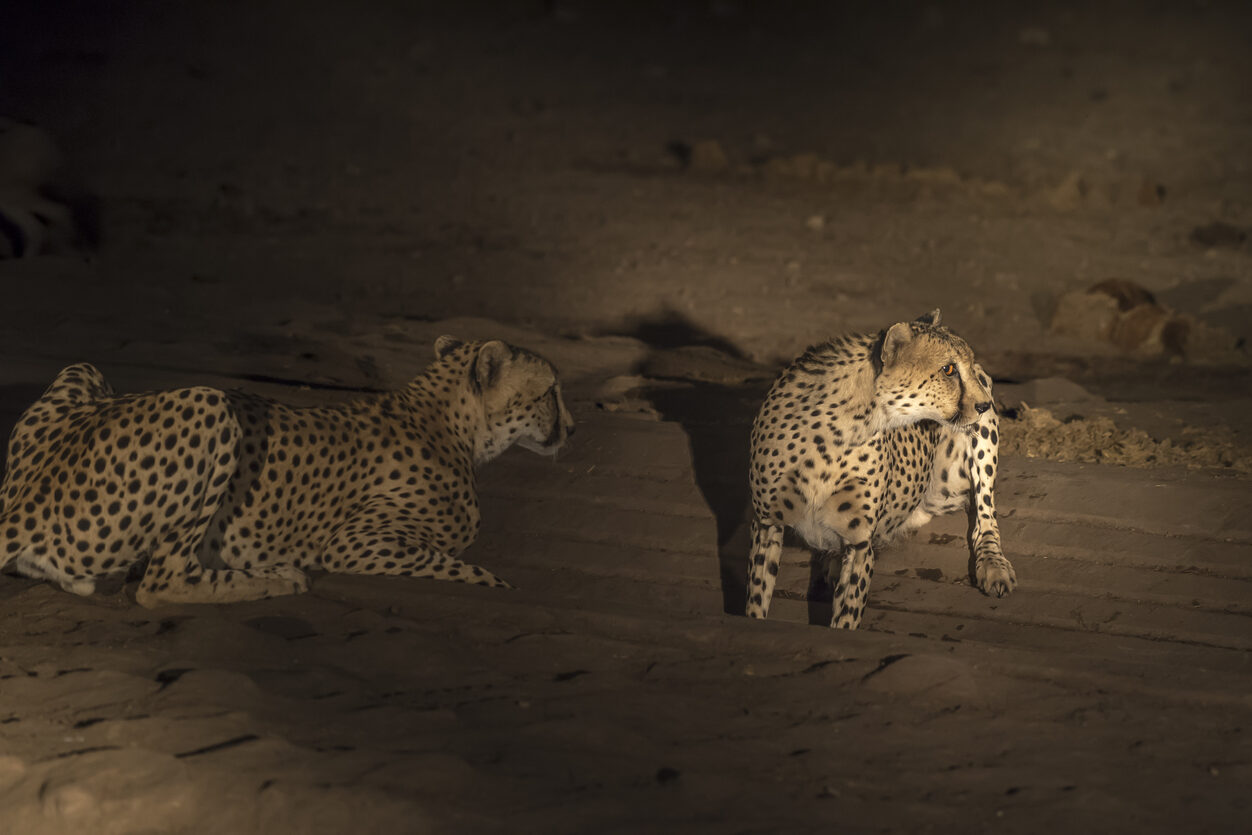
In the sweltering savannas of Africa, cheetahs, who are traditionally diurnal hunters, are adjusting their routines. As daytime temperatures soar, these big cats are increasingly hunting during dawn and dusk to avoid the heat. This shift, however, brings them into closer contact with nocturnal predators like lions and leopards, escalating competition and potential conflicts. A study tracking 53 large carnivores over eight years found that cheetahs’ nocturnal activity increased by 16% on the hottest days, highlighting the profound impact of climate change on predator dynamics. Source: apnews
2. Flying Foxes Succumb to Extreme Heat Waves

According to Wikipedia, Tens of thousands of Australia’s flying foxes, the vital pollinators in their ecosystems, are facing dire consequences during heatwaves. Temperatures exceeding 42°C have led to mass die-offs, with thousands of bats perishing in single events. During these heat waves, bats exhibit distress behaviors like panting and wing-fanning before succumbing to the heat. In some cases, emergency services have intervened, spraying water to cool down colonies. These events underscore the vulnerability of species to rising global temperatures. Source: en.wikipedia.org
3. Sea Turtles Face Skewed Sex Ratios Due to Warmer Sands
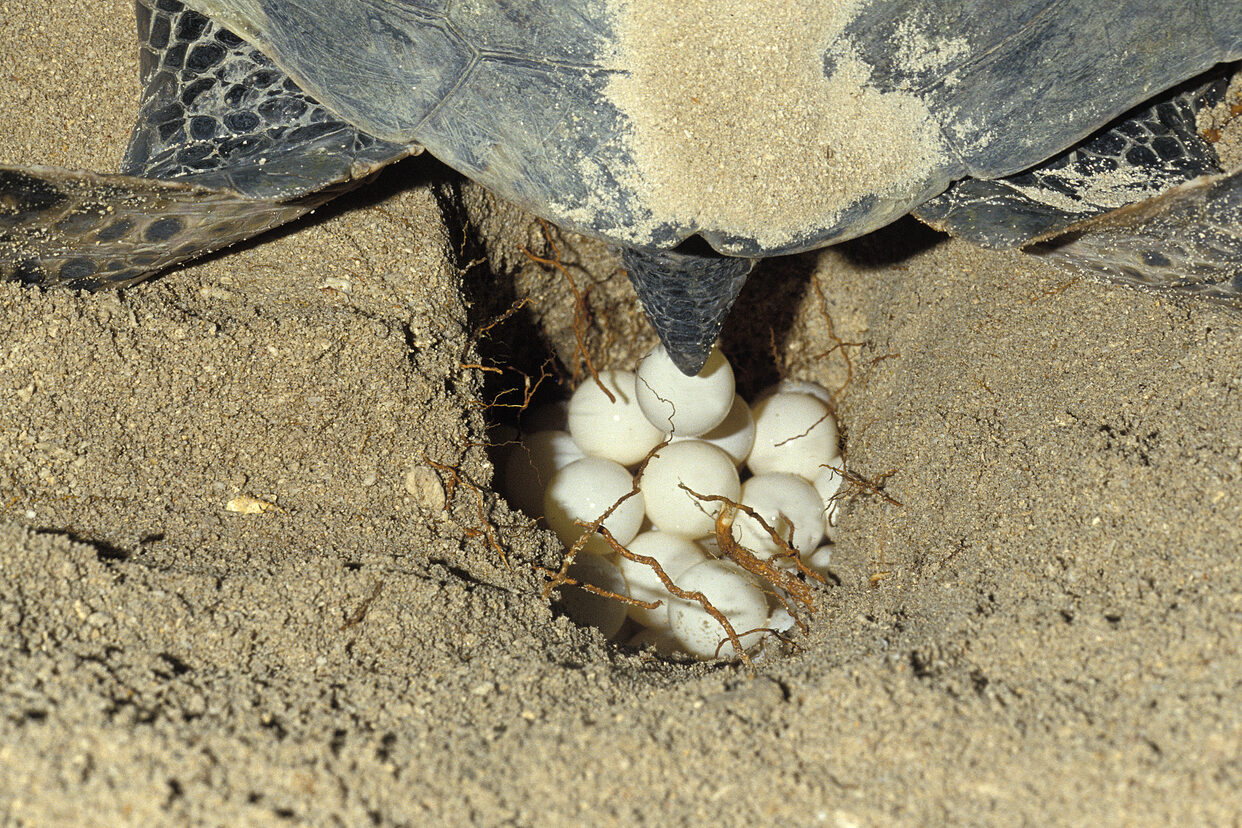
The sex of sea turtle hatchlings is determined by the temperature of the sand where eggs incubate. Warmer sands tend to produce more females, leading to skewed sex ratios that threaten future reproduction. Additionally, rising sea levels and stronger storms erode nesting beaches, further endangering these ancient mariners. Source: neefusa.org
4. Bears Forage Closer to Humans Amid Food Scarcity

In regions like Yosemite National Park, bears are increasingly venturing into human-populated areas in search of food. Droughts and other climate-induced changes have reduced their natural food sources, pushing them to scavenge from campsites and garbage bins. This behavior not only endangers humans but also the bears, who may be euthanized if deemed a threat. Efforts like bear-proof dumpsters aim to mitigate these encounters. Source: wired.com
5. Animals Can Sense Natural Disasters Before it Occurs
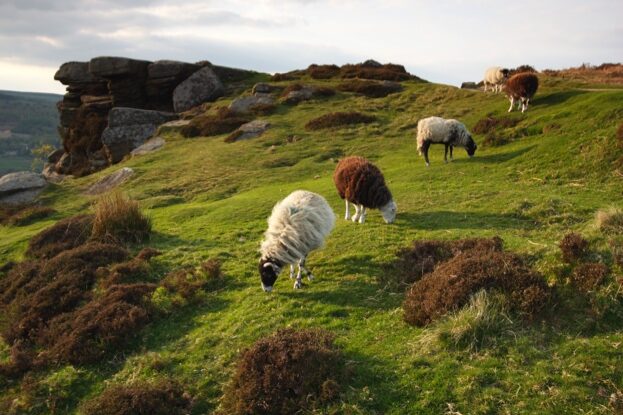
It has been confirmed by the BBC that the majority of animals like cows, sheep, dogs, elephants, even a herd of buffalo have demonstrated the ability to sense impending and earthquakes. Researchers observed that cows, sheep, and dogs became unusually active minutes or hours before seismic events like tsunamis and earthquakes. Confirmed cases are the 2004 tsunami of Indonesia, the 2010 tsunami near Sumatra and several others. This heightened activity could serve as an early warning system, offering valuable insights into earthquake prediction. Source: bbc.com
6. Marine Life Suffers During Heatwaves
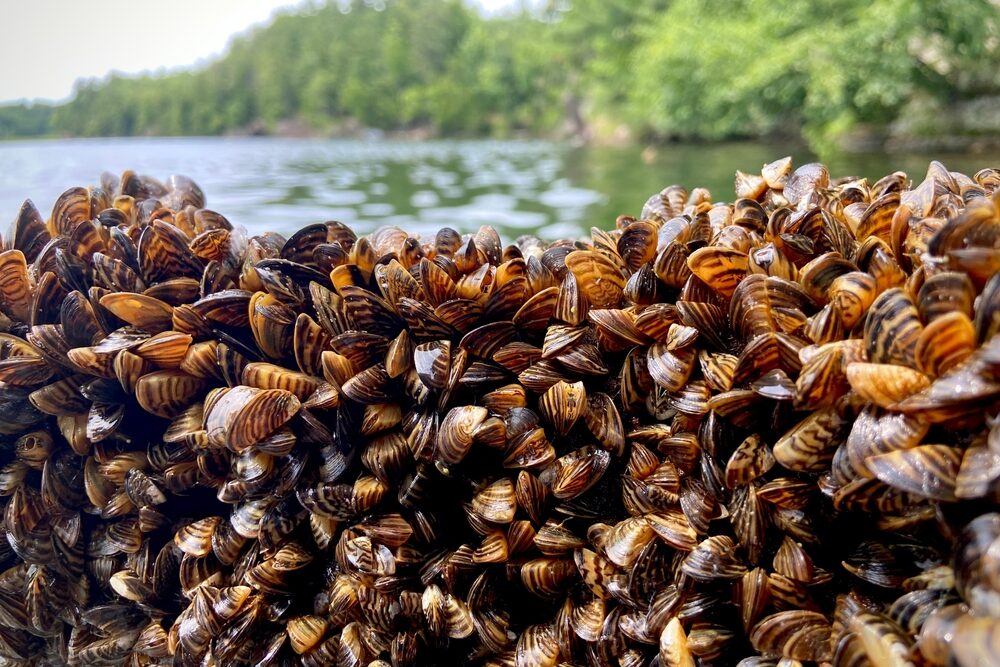
Marine heatwaves have devastating effects on ocean ecosystems. In 2021, a record breaking heatwave, along the Vancouver coast in the Pacific Northwest led to the deaths of an estimated one billion sea creatures, including mussels, clams, and oysters. The extreme temperatures, reaching up to 121 degrees Fahrenheit, killed these animals, particularly in intertidal zones where they were exposed during low tides. These mass die-offs disrupt food chains and have significant economic impacts on fisheries.
7. Reindeer Starve Due to Icy Conditions

Warmer temperatures in the Arctic are causing snowpacks to melt and refreeze, or to fall as rain which then freezes on the ground. Rain falling on existing snowpack can create a thick, impermeable layer of ice, making it difficult for reindeer to dig through the snow and reach their food. Like lichens and other vegetations, leading to widespread starvation and death. This phenomenon has resulted in mass starvation events, with tens of thousands of reindeer perishing in a single season. Such events highlight the cascading effects of climate anomalies on wildlife.
8. Migratory Birds Alter Routes in Response to Climate Change
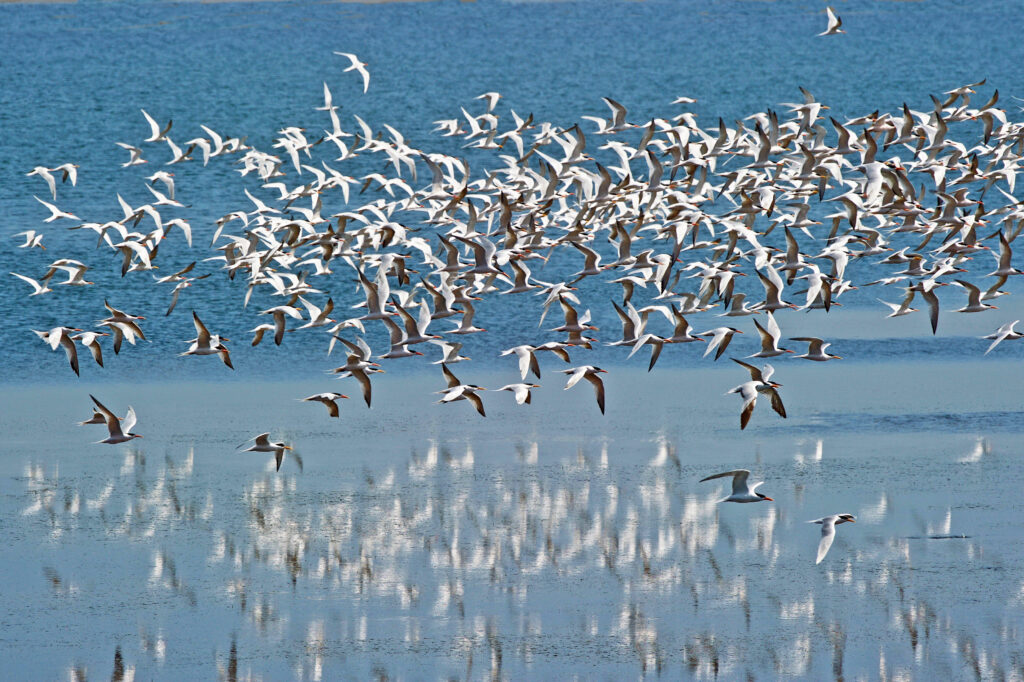
Climate change is indeed altering bird migratory patterns. Many species are adjusting their timing, routes, and destinations due to changes in weather patterns and habitat availability. This includes some birds migrating earlier in spring, later in fall, or changing their stopover locations to adapt to new environmental conditions. Some birds are also shifting their ranges northward as they seek more suitable habitats. These changes can disrupt established ecological relationships and pose challenges for conservation efforts.
9. Wild Horses Use Instincts to Weather Hurricanes

The feral horses of North Carolina’s have a well-established and successful strategy for surviving hurricanes. They rely on instinct to move to higher ground and huddle together, particularly under the shelter of live oak trees. This behavior, honed over generations, has allowed them to weather storms for centurie. Despite their adaptations, extreme weather events still pose significant threats to their survival.
10. Lizards Rapidly Evolve After Sudden Cold Snaps

Studies have shown that green anole lizards in the southern United States exhibit rapid evolutionary changes in response to unexpected cold snaps, demonstrating a remarkable ability to adapt to extreme environmental events. Specifically, a study on green anoles in southern Texas found that they evolved a greater tolerance to cold after a particularly harsh cold snap in 2014. This evolution was observed not only in the lizards’ bodies but also in their genetic makeup, illustrating how extreme weather can drive swift evolutionary adaptations.
These instances underscore the profound impact of extreme weather events on animal behavior and survival. As climate change continues to intensify, understanding and mitigating these effects becomes ever more critical. Stay with us to keep being informed about the weather and animal forecast.


